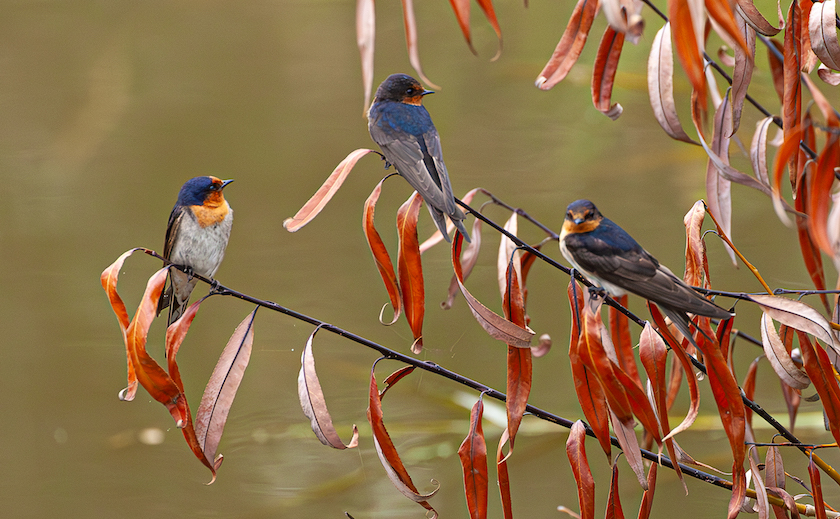From daguerreotypes to Photoshop
180 years of manipulating photographs
Photography made its way into the world in 1839, when Luois Daguerre used the image created by a camera (an already well-known technology) to make an impression on a recording medium. That medium was initially a metal plate, then sensitized paper, and for the last thirty years millions of tiny sensors packed into a tight array.
From 1839 the process of “developing” that image has involved manipulation. All that’s happened is that the process has become much easier than the old methods of dodging and burning in a darkroom, or stacking cuts from negatives to make composite imagines.
So why the fuss last week when a member of the royal family of one of Europe’s offshore islands did a tolerably good job of developing a family photo? Perhaps it’s a sign that the ABC has too many people in London who should be re-posted somewhere else in Europe where there is meaningful news to be reported – Paris, Brussels, Berlin, Warsaw or Vienna.
For examples of creative photograph manipulation, the commercial firm Jotform has 45 examples of photo manipulation art. These are obviously artistic creations.
Boredpanda has on its website 30 fake viral photos people believed weere real. For the most part they are innocent, but two of them could be used for misleading political purposes, and one other could be used to damage an organization’s reputation.
All these images can be generated from easily affordable software. What counts is the person’s intent – to smooth out aunt Clara’s wrinkles, to remove the power pole poking out from Ahmed’s head, or to deceive?
